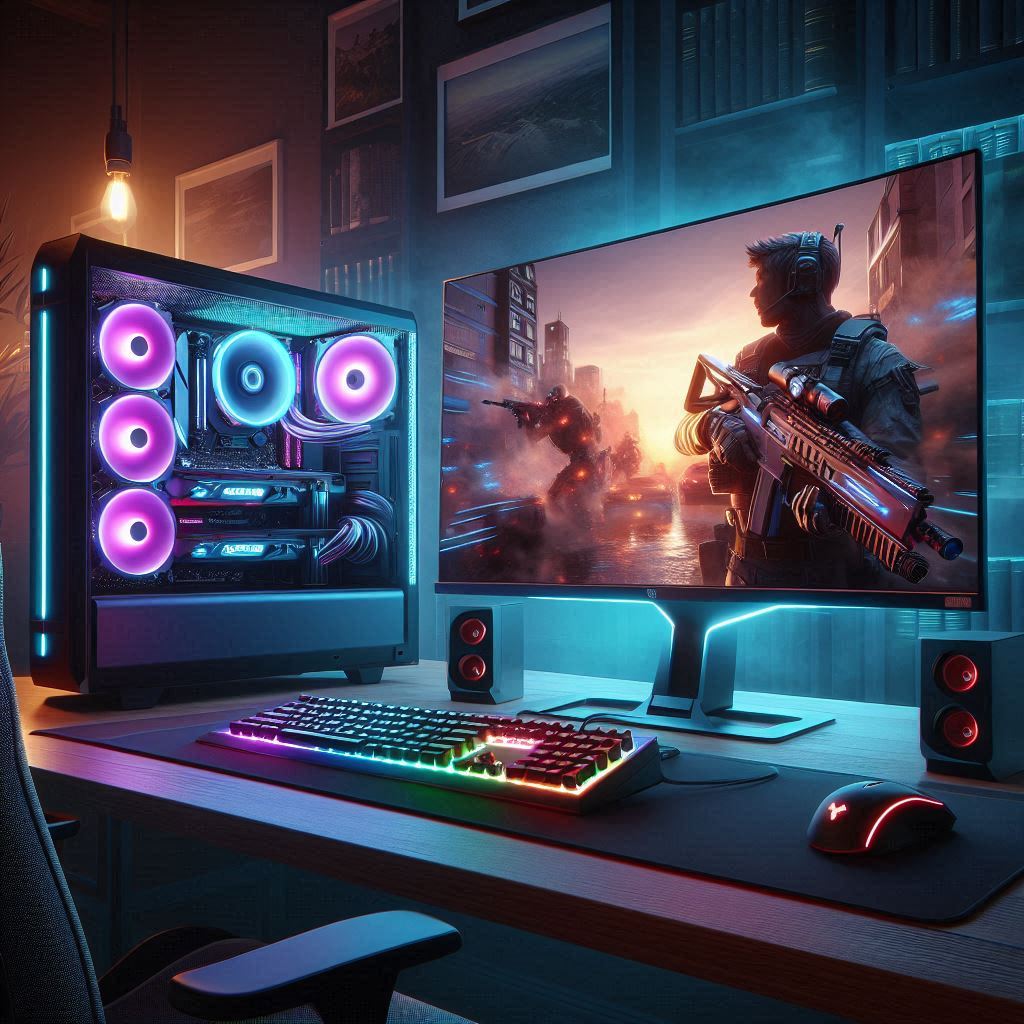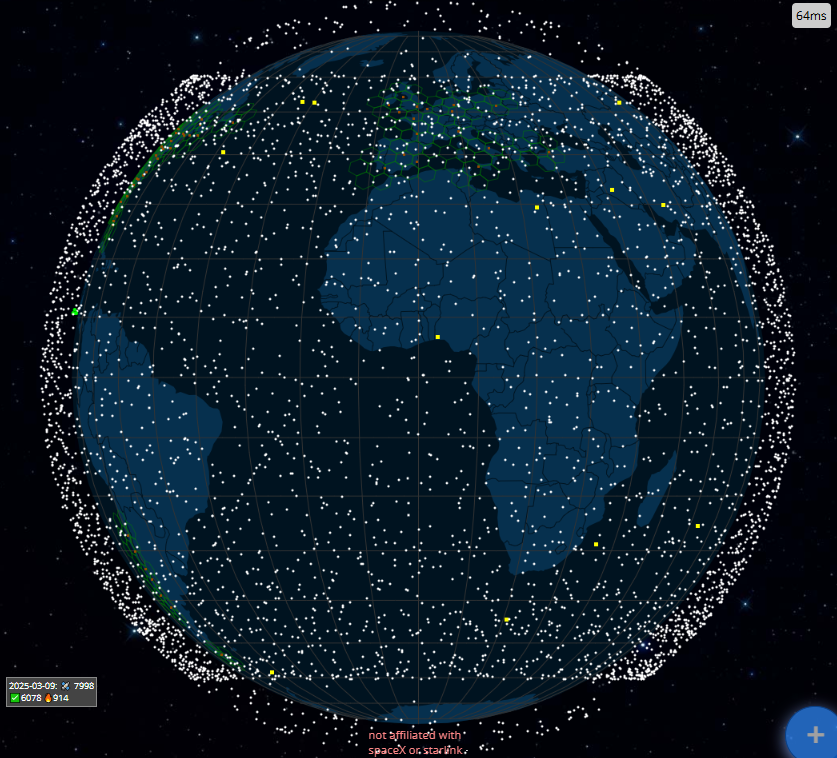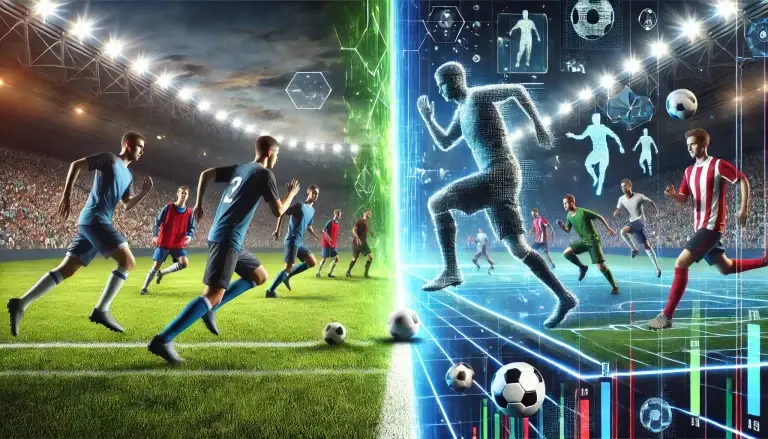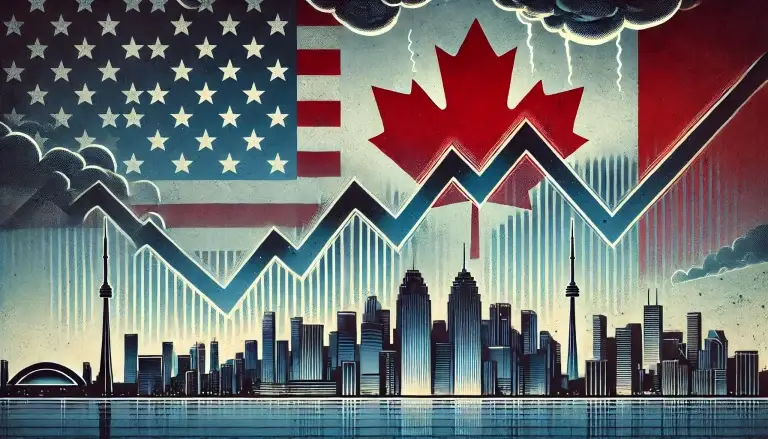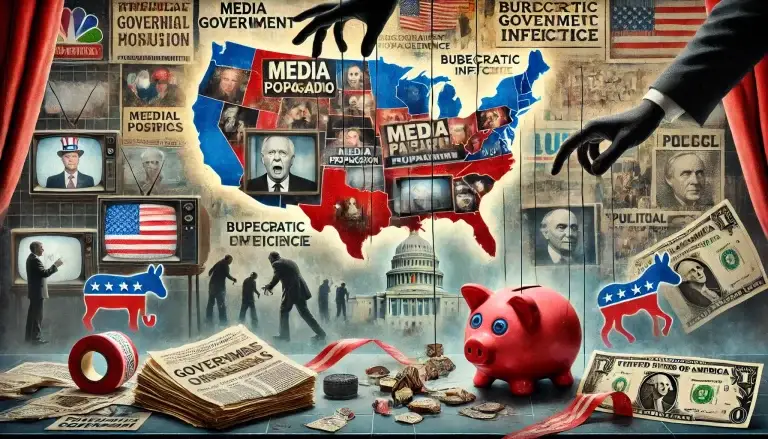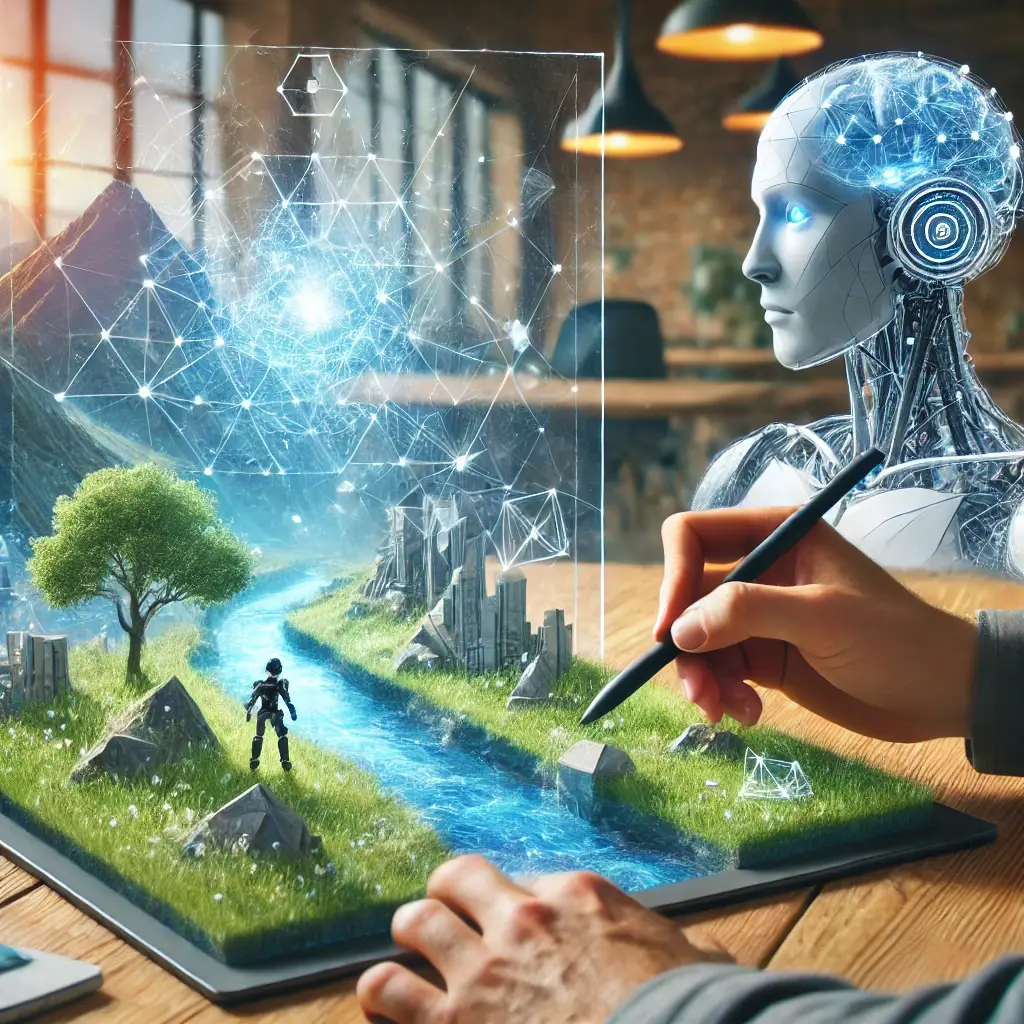
The rise of Artificial Intelligence (AI) in game development isn’t about replacing human creativity, but about forging a powerful new partnership. Instead of a dystopian vision of machines taking over, the industry is increasingly looking towards a hybrid future, where AI tools and human artists, designers, and programmers collaborate to create richer, more innovative gaming experiences.
Beyond Automation: AI as a Creative Partner
The initial excitement around AI in game dev often focused on automation – the idea of AI simply speeding up repetitive tasks. However, the real potential lies in AI’s ability to act as a creative partner. Imagine AI tools that can:
- Generate initial level layouts based on designer specifications, freeing up level designers to focus on gameplay and narrative integration.
- Create variations of textures and 3D models, allowing artists to quickly explore different visual styles and aesthetics.
- Assist in animation, handling the more mechanical aspects of motion capture clean-up or generating realistic secondary animations, while animators focus on character performance and emotional expression.
- Personalize game experiences by dynamically adjusting difficulty, content, and even narrative elements based on individual player behavior, creating truly unique playthroughs.
Human Direction, AI Assistance: The Key to Innovation
The “hybrid future” isn’t about handing over the reins entirely to AI. It’s about human direction and vision augmented by AI assistance. Game developers are still the architects of the game experience, setting the creative vision, defining the core mechanics, and crafting compelling narratives. AI tools become powerful extensions of their creative toolkit, allowing them to:
- Iterate faster and experiment more freely: AI can rapidly generate variations and prototypes, enabling developers to test more ideas and refine their designs more quickly.
- Tackle larger and more ambitious projects: By offloading some of the more time-consuming content creation tasks, AI can empower smaller teams to create games with the scope and depth previously only achievable by massive studios.
- Push creative boundaries: AI can introduce unexpected elements and variations, potentially sparking new ideas and directions that human creators might not have considered.
The Indie Advantage and the Future of Game Design
This hybrid approach could be particularly transformative for indie developers. With limited resources, AI tools can be game-changers, allowing smaller teams to achieve higher production values and compete with larger studios. It also opens up exciting possibilities for new forms of game design, where the line between human-created and AI-generated content becomes increasingly blurred, leading to dynamic, reactive, and endlessly replayable games.
Navigating the Ethical Landscape
As we move towards this hybrid future, it’s crucial to address the ethical considerations. Transparency about AI usage in games, ensuring fair compensation and recognition for human creators, and fostering a healthy balance between AI assistance and human artistry will be vital to ensure this technological revolution benefits the entire industry and its players.
The “hybrid horizon” of AI in game development is full of promise. By embracing AI as a collaborative partner, the industry can unlock new levels of creativity, efficiency, and player experience, shaping a future of gaming that is both innovative and deeply human.
